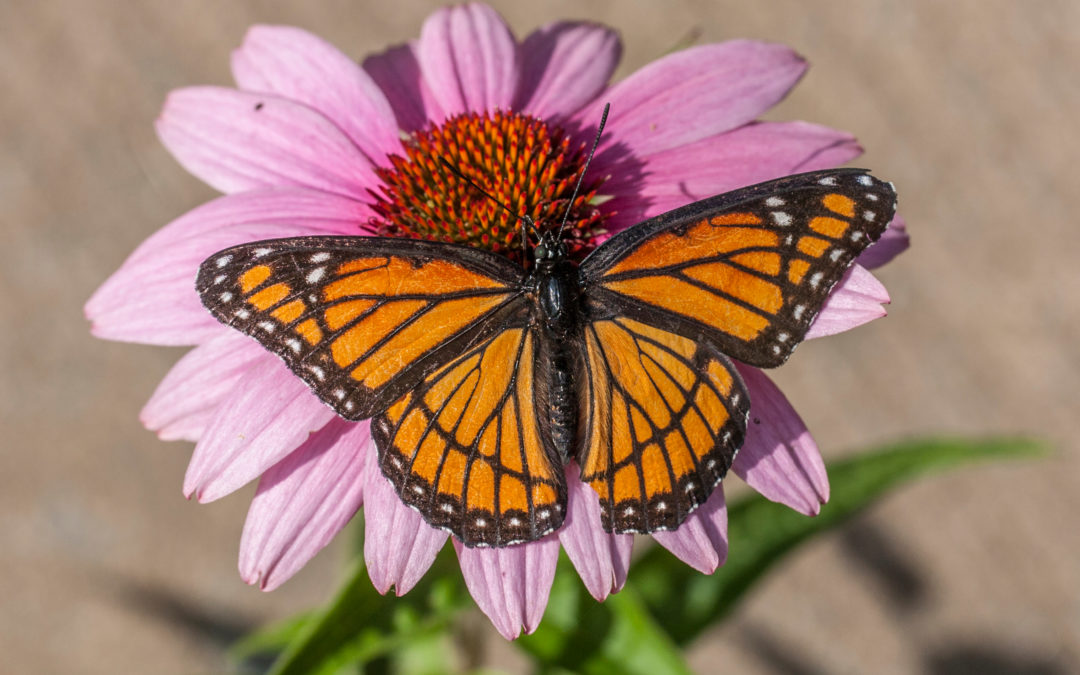What is Pollination – Pollination is a key part in the survival of all living things on the planet. Most living creatures on the planet require a male and female of their species to reproduce. While you may be familiar with the methods of reproduction in animals, flowers and plants have reproductive methods as well. While some plants can reproduce asexually, many require pollination to propagate.
What Parts of The Flower Helps In the Pollination Process?
To understand pollination, and the key role our pollinators play in the reproductive process of plants, we need to understand the necessary roles different parts of a flower have in the pollination process. In flowers, there are both male and female organs needed for reproduction. Near the center of the flower lies the Pistil, or female organs. The Pistil is comprised of the Stigma, Style and Ovary.
- Stigma: Receptacle for pollen which leads to the creation of new flowers.
- Style: Tubelike structure used to funnel pollen to the Ovary.
- Ovary: Contains the egg cells of a flower, called Ovules.
The male organs in a flower are located near the center of the flower as well. The Stamen, comprised of the Anther and Filament, can be numerous compared to a single Pistil. They generally surround the Pistil and are positioned in a way that their pollen can reach other flowers to create new seeds and fruits.
- Anther: Male organ that creates Pollen for reproduction.
- Filament: Portion of flower that holds the Anther aloft.
What Is The Overall Process?
Pollination is the process where pollen is collected from the anther of one plant and brought to the stigma of another. The method by which a plant receives this pollen varies. Some plants can self-pollinate, donating pollen from their anther into their own stigma. Cross-pollination requires multiple plants and a vector of transportation. A vector is simply the method by which pollen from an Anther is transferred to a Stigma. This is generally a non-conscious action, such as the wind carrying pollen to another plant, or a pollinator transferring pollen from one flower to the next.
Pollinators do not just land on flowers for fun, however. Many pollinators utilize pollen as a source of food, or even the nectar of some plants as a sweet snack necessary for their survival. This is one of the ways that plants can attract pollinators to help them reproduce. By acting as a food source, the flower remains unharmed, and pollinators that have come to feast unknowingly help the reproduction of further plant offspring.
Even the petals of a plant play a key role in the reproductive cycle. Bright colors and the shape of the petal attract different types of pollinators. Wide, open flowers bright in color are inviting to pollinators. They land directly on the Anthers, collecting large amounts of pollen, which is transferred from flower to flower, cross-pollenating effectively and ensuring the production of new seeds.
Interested in learning more about Pollination and the role our Pollinators play? Visit uspest.com for more information on pollinators. Don’t forget to follow us on Facebbok at uspest

